Home>Renovation & DIY>Home Renovation Guides>How To Choose A Storm Door
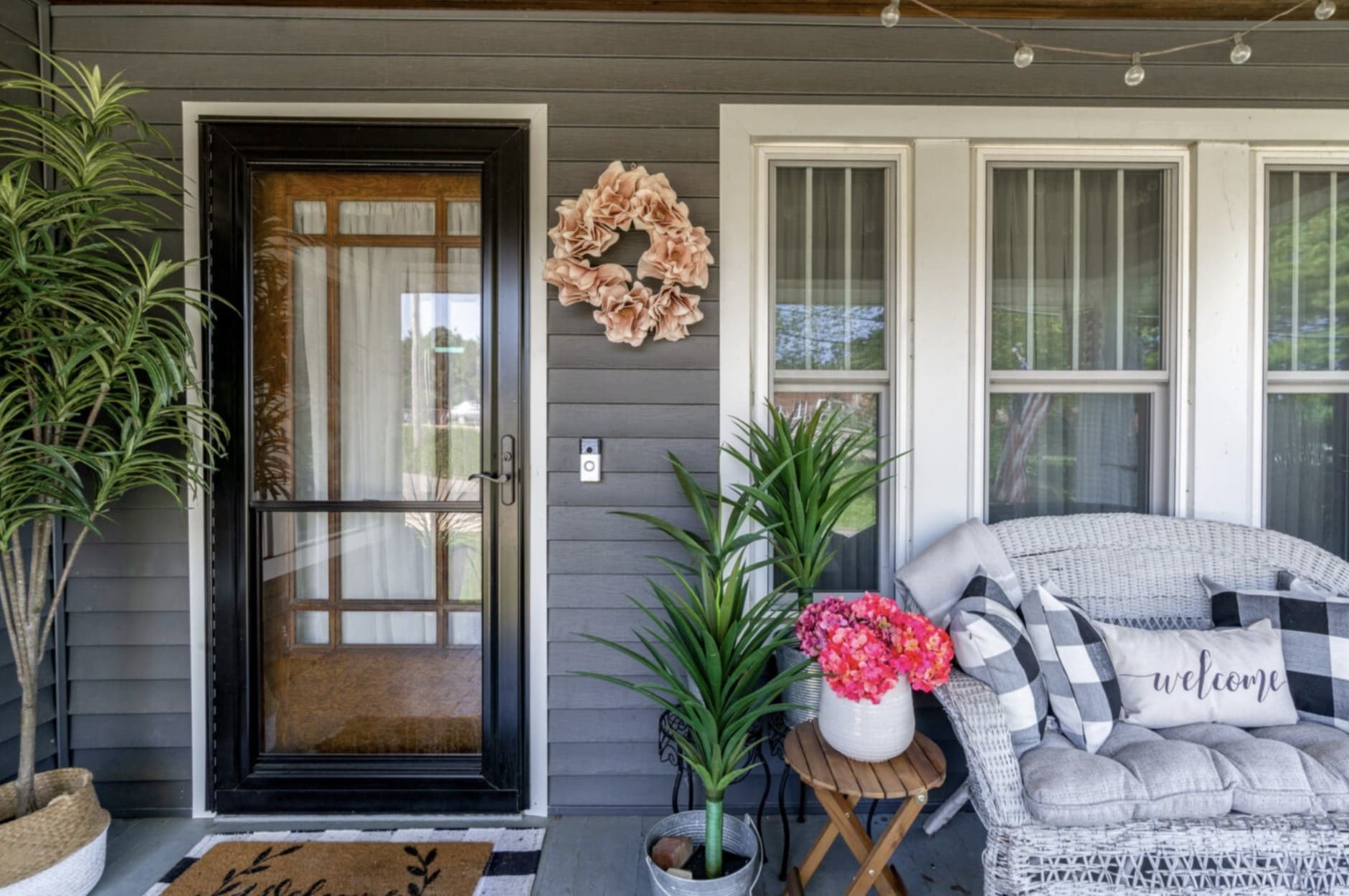

Home Renovation Guides
How To Choose A Storm Door
Modified: February 18, 2024
Learn how to choose the perfect storm door for your home renovation project with our comprehensive guide. Find expert tips and advice for selecting the best storm door.
(Many of the links in this article redirect to a specific reviewed product. Your purchase of these products through affiliate links helps to generate commission for Storables.com, at no extra cost. Learn more)
Introduction
Choosing the right storm door for your home is a decision that combines functionality, style, and security. As a homeowner, you want to ensure that your investment not only enhances the aesthetic appeal of your property but also provides added protection against the elements and potential intruders. With a myriad of options available in the market, navigating through the selection process can be overwhelming. However, by understanding the key considerations and available features, you can make an informed decision that meets your specific needs.
A storm door serves as an additional barrier against harsh weather conditions, such as heavy rain, strong winds, and snow, while also allowing for ventilation during milder seasons. It also acts as an extra layer of security for your home, offering peace of mind. When selecting a storm door, it's essential to evaluate various factors, including the material, size, style, glass and screen options, security features, installation process, and maintenance requirements. Each of these aspects plays a crucial role in determining the door's effectiveness and longevity.
In this comprehensive guide, we will delve into the essential considerations to keep in mind when choosing a storm door, explore the available material options, discuss the importance of proper sizing and fit, and examine the diverse styles and designs to complement your home. Additionally, we will navigate through the various glass and screen options, highlight the significance of security features, outline the installation process, and provide insights into the maintenance and care required to prolong the life of your storm door.
By the end of this guide, you will have gained valuable knowledge to confidently select a storm door that aligns with your preferences and requirements. Whether you prioritize energy efficiency, durability, or aesthetic appeal, this guide will equip you with the necessary information to make a well-informed choice. Let's embark on this journey to discover the perfect storm door for your home.
Key Takeaways:
- Choosing a storm door involves considering climate, purpose, budget, architectural style, and maintenance. Understanding these factors helps in selecting a door that enhances home aesthetics and functionality.
- Material, size, style, glass, screen options, security features, installation, and maintenance are crucial when choosing a storm door. Each aspect contributes to the door’s effectiveness and longevity.
Read more: Installing A Storm Door
Considerations Before Buying
Before embarking on the journey of purchasing a storm door, it’s crucial to consider several key factors to ensure that your selection aligns with your specific needs and preferences. By taking these considerations into account, you can make a well-informed decision that enhances the functionality, security, and aesthetic appeal of your home. Here are the essential aspects to ponder before buying a storm door:
- Climate and Location: Assess the climate of your region and the specific location where the storm door will be installed. Consider factors such as prevailing weather patterns, exposure to sunlight, and susceptibility to extreme temperatures. This evaluation will help determine the level of insulation, UV protection, and overall durability required for the door.
- Primary Purpose: Identify the primary purpose of the storm door. Are you seeking enhanced security, improved ventilation, or protection against inclement weather? Understanding the main objective will guide your decision-making process and prioritize the features that matter most to you.
- Budget and Long-Term Value: Establish a budget for your storm door investment while considering the long-term value it provides. Quality materials, advanced security features, and energy-efficient designs may entail a higher initial cost but can offer substantial benefits over time, such as reduced maintenance and energy savings.
- Architectural Compatibility: Evaluate the architectural style of your home to ensure that the chosen storm door complements the existing design. Whether your home boasts a traditional, contemporary, or transitional aesthetic, there are numerous door styles and finishes available to harmonize with your property’s overall look.
- Maintenance Requirements: Consider the maintenance demands associated with different storm door materials and finishes. Some options may require regular upkeep, while others offer low-maintenance features that contribute to long-lasting performance and visual appeal.
By carefully contemplating these considerations, you can streamline the process of selecting a storm door that not only meets your functional requirements but also aligns with your aesthetic preferences and long-term objectives. With a clear understanding of these factors, you’ll be well-equipped to explore the diverse range of storm door options available and make a confident and informed decision.
Material Options
When choosing a storm door, the selection of materials plays a pivotal role in determining its durability, energy efficiency, and overall aesthetic appeal. Different materials offer distinct advantages and characteristics, allowing homeowners to tailor their choice based on specific requirements and preferences. Here are the primary material options to consider when selecting a storm door:
- Aluminum: Aluminum storm doors are renowned for their durability, resistance to corrosion, and low maintenance requirements. They are lightweight, making them easy to operate, and can withstand exposure to various weather conditions without deteriorating. Additionally, aluminum doors are available in a wide range of finishes, allowing for customization to complement your home’s exterior.
- Steel: Steel storm doors are prized for their robustness, providing exceptional security and protection. They offer a formidable barrier against intruders and the elements, making them an ideal choice for homeowners prioritizing safety. With proper maintenance, steel doors can maintain their structural integrity and aesthetic appeal for years to come.
- Vinyl: Vinyl storm doors are favored for their energy efficiency and resistance to dents, scratches, and fading. They offer excellent insulation, contributing to enhanced energy savings and indoor comfort. Vinyl doors are available in various colors and finishes, allowing for customization to complement your home’s exterior while requiring minimal maintenance.
- Wood: Wood storm doors exude timeless charm and can be customized to match the architectural style of your home. They offer natural insulation and a warm, inviting aesthetic. However, it’s important to note that wood doors require regular maintenance to preserve their finish and protect against moisture and pests.
- Fiberglass: Fiberglass storm doors strike a balance between durability, energy efficiency, and aesthetic versatility. They are resistant to warping, cracking, and rotting, making them an ideal choice for regions with fluctuating weather conditions. Fiberglass doors are available in a wide array of designs and finishes, mimicking the look of wood or providing a sleek, modern appearance.
Each material option presents unique attributes, allowing homeowners to prioritize factors such as durability, security, energy efficiency, and aesthetic cohesion with their home’s exterior. By carefully evaluating these material choices, you can select a storm door that not only meets your functional requirements but also enhances the visual appeal and value of your property.
Size and Fit
Ensuring the proper size and fit of a storm door is paramount to its functionality, energy efficiency, and overall aesthetic impact. A well-fitted storm door not only enhances the visual appeal of your home but also provides effective protection against the elements and potential intruders. To achieve the ideal size and fit for your storm door, consider the following essential aspects:
- Accurate Measurements: Begin by accurately measuring the width and height of the door opening where the storm door will be installed. Measure the opening at the top, middle, and bottom to account for any irregularities in the frame. Additionally, measure the depth of the door jamb to ensure compatibility with the storm door’s mounting hardware.
- Allowance for Slight Variations: When determining the size of the storm door, factor in a small margin for variations in the door frame, as well as potential expansion and contraction due to temperature fluctuations. This allowance ensures that the door fits snugly without being too tight or too loose, optimizing its performance and insulation capabilities.
- Customization Options: Many manufacturers offer customization options for storm doors, allowing you to select from a range of standard sizes or request a tailored fit based on your specific measurements. Customized doors provide a seamless and precise fit, accommodating unique architectural features or non-standard door openings.
- Hinge and Handle Placement: Consider the placement of hinges and handles on the storm door to ensure they align with the corresponding features on your primary entry door. Proper alignment facilitates smooth operation and prevents interference between the two doors when opening and closing.
- Professional Consultation: If you encounter challenges in determining the appropriate size and fit for your storm door, consider consulting with a professional installer or a representative from the manufacturer. Their expertise can provide valuable insights and guidance, ensuring that your storm door selection seamlessly integrates with your home’s architecture and meets your functional requirements.
By meticulously attending to the size and fit considerations, you can select a storm door that not only enhances the visual appeal of your home but also delivers optimal performance, energy efficiency, and security. Whether opting for a standard size or pursuing a customized fit, prioritizing precision in the installation process will yield long-lasting benefits and a seamless integration with your home’s exterior.
Style and Design
When selecting a storm door, the style and design are pivotal aspects that contribute to the overall curb appeal and architectural harmony of your home. The right style and design not only enhance the visual aesthetics of your property but also reflect your personal taste and complement the existing architectural elements. Here are key considerations to keep in mind when exploring the style and design options for a storm door:
- Architectural Compatibility: Assess the architectural style of your home, whether it’s traditional, contemporary, Victorian, colonial, or another distinctive design. Select a storm door that harmonizes with the architectural elements, such as the entry door, windows, and exterior finishes, to create a cohesive and visually appealing facade.
- Panel Configuration: Consider the panel configuration of the storm door, including options such as full-view, mid-view, and high-view panels. Each configuration offers varying levels of visibility and aesthetic appeal, allowing you to strike a balance between showcasing the primary entry door and maximizing natural light intake.
- Decorative Features: Explore decorative elements, such as ornate scrollwork, beveled glass, or custom hardware, to infuse character and charm into the storm door’s design. These embellishments can elevate the overall aesthetic impact and create a focal point that enhances the exterior of your home.
- Color and Finish: Choose a color and finish for the storm door that complements the exterior palette of your home. Whether opting for classic neutrals, bold hues, or wood-grain finishes, the right color and finish can accentuate your home’s architectural features and express your personal style.
- Screen Options: If the storm door includes a screen feature, consider the design and functionality of the screen. Select from full-screen, retractable, or interchangeable screen options based on your preferences for ventilation, visibility, and seasonal versatility.
By carefully considering these style and design elements, you can select a storm door that not only enhances the visual appeal of your home but also complements its architectural character. Whether aiming for a classic, understated look or a bold, distinctive statement, the style and design of the storm door play a pivotal role in creating an inviting and harmonious exterior for your home.
Read more: How To Insulate A Storm Door
Glass Options
The selection of glass for a storm door encompasses both functional and aesthetic considerations, allowing homeowners to enhance natural light intake, energy efficiency, and visual appeal. With a variety of glass options available, each offering distinct features and benefits, it’s essential to weigh the following factors when choosing the most suitable glass for your storm door:
- Insulation and Energy Efficiency: Consider the insulating properties of the glass, especially if you seek to improve energy efficiency and indoor comfort. Low-emissivity (Low-E) glass, for example, minimizes heat transfer, reduces UV penetration, and helps maintain consistent indoor temperatures, contributing to energy savings and climate control.
- Visibility and Light Transmission: Assess the level of visibility and light transmission provided by different glass options. Full-view glass panels maximize natural light intake and offer unobstructed views, while decorative or textured glass can provide privacy and diffuse light for a softer, more diffused ambiance.
- Impact Resistance: If durability and impact resistance are priorities, consider tempered or laminated glass options. These types of glass are engineered to withstand impact and are less likely to shatter, enhancing safety and security for your home.
- Decorative and Customization Features: Explore decorative glass options, such as beveled, etched, or stained glass, to infuse artistic flair and personalization into the storm door’s design. Customizable glass panels offer an opportunity to showcase unique patterns, colors, or designs that complement your home’s aesthetic.
- UV Protection: Evaluate the UV protection capabilities of the glass to safeguard interior furnishings, flooring, and decor from sun damage. UV-resistant glass helps mitigate the fading and deterioration of indoor surfaces exposed to sunlight, preserving the integrity of your home’s interior.
By carefully considering these glass options, you can select a storm door that not only enhances natural light intake and visual appeal but also contributes to energy efficiency, safety, and personalization. Whether prioritizing insulation, impact resistance, or decorative features, the right glass selection can elevate the functionality and aesthetic impact of your storm door, creating a welcoming and well-appointed entryway for your home.
When choosing a storm door, consider the material, style, and size that will best fit your home’s needs and aesthetic. Look for features like weather-stripping and energy efficiency to ensure maximum protection.
Screen Options
When choosing a storm door, the screen feature plays a crucial role in facilitating ventilation, insect protection, and seasonal versatility. The selection of the right screen option allows homeowners to enjoy fresh air while keeping pests at bay and adapting to changing weather conditions. Here are key considerations to explore when evaluating the screen options for your storm door:
- Full-Screen vs. Retractable Screens: Consider whether you prefer a full-screen panel that provides uninterrupted ventilation or a retractable screen that can be conveniently concealed when not in use. Full-screen options maximize airflow and visibility, while retractable screens offer a seamless transition between open and closed configurations, preserving unobstructed views.
- Mesh Material and Density: Evaluate the mesh material and density of the screen to ensure effective insect protection while allowing optimal airflow. Fine mesh with high density prevents small insects from entering your home while promoting ventilation, creating a comfortable and pest-free environment.
- Interchangeable Panels: Explore storm doors with interchangeable screen and glass panels, providing flexibility to adapt to seasonal changes and varying ventilation needs. This feature allows you to effortlessly switch between screen and glass inserts, catering to different weather conditions and preferences throughout the year.
- Durability and Maintenance: Assess the durability and maintenance requirements of the screen material. Opt for screens that are resistant to tears, punctures, and deterioration, ensuring long-term functionality and minimal upkeep. Additionally, consider options that facilitate easy removal for cleaning or replacement when necessary.
- Integrated Screen Systems: Some storm doors feature integrated screen systems that seamlessly blend with the door’s design, providing a sleek and cohesive appearance. Integrated screens offer a polished aesthetic while delivering the benefits of ventilation and insect protection without compromising the door’s visual appeal.
By carefully considering these screen options, you can select a storm door that not only facilitates ventilation and insect protection but also adapts to seasonal changes and enhances the overall functionality of your entryway. Whether prioritizing uninterrupted airflow, seamless integration, or durability, the right screen selection contributes to a comfortable and inviting environment within your home.
Security Features
Enhancing the security of your home is a paramount consideration when selecting a storm door. The incorporation of robust security features not only provides peace of mind but also fortifies your property against potential intruders. When evaluating security features for a storm door, it’s essential to prioritize elements that bolster protection without compromising the door’s aesthetic appeal and functionality. Here are key security features to consider:
- Multi-Point Locking Systems: Look for storm doors equipped with multi-point locking systems, which secure the door at multiple points along the frame. These advanced locking mechanisms offer enhanced resistance against forced entry and provide a high level of security for your home.
- Reinforced Hinges and Frames: Assess the strength and durability of the door’s hinges and frames. Reinforced hinges and robust frames contribute to the overall structural integrity of the door, preventing potential weak points that could be exploited by intruders.
- Impact-Resistant Glass: Consider opting for impact-resistant glass, such as tempered or laminated glass, to fortify the door against attempted break-ins. These types of glass are engineered to withstand forceful impacts, reducing the likelihood of shattering and unauthorized entry.
- Security Screens: Explore the option of integrating security screens into the storm door’s design. Security screens are constructed from durable materials, such as stainless steel, and offer a formidable barrier against forced entry attempts while allowing for unobstructed views and ventilation.
- Deadbolts and Secure Hardware: Ensure that the storm door is equipped with high-quality deadbolts and secure hardware. These components should be constructed from durable materials and designed to resist tampering, providing an additional layer of protection for your home.
By carefully considering these security features, you can select a storm door that not only enhances the aesthetic appeal of your home but also provides robust protection against potential security threats. Whether prioritizing advanced locking systems, impact-resistant materials, or reinforced hardware, the right security features contribute to a secure and fortified entryway, ensuring the safety of your home and loved ones.
Installation Process
The installation of a storm door is a critical step that influences its functionality, longevity, and overall performance. While professional installation is recommended for optimal results, understanding the essential steps involved in the installation process can provide valuable insights for homeowners. Here’s an overview of the key considerations and steps in the installation of a storm door:
- Pre-Installation Assessment: Begin by conducting a thorough assessment of the door opening and surrounding areas. Ensure that the primary entry door is in good condition and that the frame is structurally sound. Address any existing issues, such as air leaks, moisture damage, or alignment discrepancies, before proceeding with the installation.
- Measurement and Sizing: Accurately measure the dimensions of the door opening to determine the appropriate size and fit for the storm door. Consider any customization or special requirements, such as non-standard door openings or architectural features that may impact the installation process.
- Hardware and Components: Gather all necessary hardware and components, including hinges, handles, locks, and mounting materials, as specified by the manufacturer’s instructions. Verify that all components are included and in good condition before commencing the installation.
- Alignment and Leveling: Ensure proper alignment and leveling of the storm door within the frame. Use shims or spacers as needed to achieve a precise fit and prevent any structural stress or misalignment that could compromise the door’s operation.
- Secure Mounting and Sealing: Securely mount the storm door within the frame, following the manufacturer’s guidelines for fastening and sealing. Pay attention to the recommended anchoring methods and weatherproofing techniques to prevent air and moisture infiltration around the door edges.
- Functional Testing: Upon installation, thoroughly test the functionality of the storm door, including its opening and closing mechanisms, locking systems, and alignment. Verify that the door operates smoothly and securely, addressing any issues or adjustments as needed.
- Weatherstripping and Insulation: Apply weatherstripping and insulation around the perimeter of the door to create a tight seal and enhance energy efficiency. Proper weatherproofing contributes to improved insulation and protection against external elements.
- Professional Consultation: If you encounter challenges or uncertainties during the installation process, consider seeking professional assistance from experienced installers or contractors. Professional guidance can ensure that the storm door is installed correctly and functions optimally.
By understanding and adhering to these essential steps in the installation process, homeowners can achieve a secure, well-fitted storm door that enhances the functionality and visual appeal of their home’s entryway. Whether opting for DIY installation or professional assistance, meticulous attention to detail and adherence to best practices are crucial for a successful and enduring installation.
Read more: How To Remove A Storm Door
Maintenance and Care
Maintaining a storm door in optimal condition is essential for preserving its functionality, appearance, and longevity. By implementing regular maintenance practices and adhering to care guidelines, homeowners can ensure that their storm door continues to enhance the security and visual appeal of their home. Here are key maintenance and care considerations to uphold the performance and aesthetics of a storm door:
- Regular Cleaning: Perform routine cleaning of the storm door to remove dirt, dust, and debris that may accumulate on the surface and in the hardware components. Use a mild detergent, water, and a soft cloth to gently clean the door and hardware, avoiding abrasive cleaners that could damage the finish.
- Inspection of Components: Periodically inspect the hinges, handles, locks, and other hardware components for signs of wear, corrosion, or malfunction. Lubricate moving parts as recommended by the manufacturer to ensure smooth operation and prevent premature deterioration.
- Weathertight Seals: Check the weatherstripping, seals, and insulation around the door for any signs of damage, wear, or gaps. Replace worn weatherstripping and reseal any areas where air or moisture infiltration may occur, maintaining optimal energy efficiency and protection against the elements.
- Surface Protection: Apply protective coatings or treatments, as recommended by the manufacturer, to safeguard the door’s finish from UV exposure, moisture, and environmental factors. This helps maintain the door’s aesthetic appeal and prolong its lifespan.
- Seasonal Adjustments: Make seasonal adjustments to the storm door, such as switching between screen and glass panels, to accommodate changes in weather and ventilation needs. Ensure that the door’s functionality and features are optimized for different seasons and environmental conditions.
- Professional Maintenance: Consider scheduling periodic professional maintenance and inspections for the storm door, especially for complex mechanisms, security features, and specialized components. Professional servicing can identify and address potential issues before they escalate, ensuring the door’s continued performance and security.
- Prompt Repairs: Address any issues or damages promptly to prevent further deterioration and maintain the door’s structural integrity. Whether it’s a minor adjustment, hardware replacement, or weatherproofing repair, timely attention to maintenance issues can prevent more extensive repairs in the future.
By conscientiously adhering to these maintenance and care practices, homeowners can uphold the condition and performance of their storm door, ensuring that it remains a reliable and visually appealing asset for their home. Regular attention to cleaning, inspection, and preservation measures contributes to the door’s longevity and continued enhancement of the entryway’s functionality and security.
Conclusion
Choosing the perfect storm door for your home involves a thoughtful consideration of various factors, from material options and size to style, security features, and maintenance requirements. By navigating through the myriad of choices and aligning them with your specific needs and preferences, you can select a storm door that not only enhances the aesthetic appeal of your property but also provides added security, energy efficiency, and functionality.
Throughout this comprehensive guide, we have explored the essential considerations before buying a storm door, emphasizing the importance of assessing climate, defining the primary purpose, and evaluating long-term value. We delved into the diverse material options, highlighting the distinct advantages of aluminum, steel, vinyl, wood, and fiberglass doors, allowing you to make an informed decision based on durability, energy efficiency, and customization possibilities.
Understanding the significance of proper sizing and fit, as well as the impact of style and design on architectural compatibility, empowers you to select a storm door that seamlessly integrates with your home’s exterior and reflects your personal taste. Exploring the glass and screen options, along with security features, provides valuable insights into enhancing natural light intake, ventilation, and protection against potential intruders.
As we navigated through the installation process and maintenance guidelines, it became evident that meticulous attention to detail and adherence to best practices are crucial for achieving a secure, well-fitted storm door that withstands the test of time. Whether you opt for professional installation or undertake maintenance tasks yourself, the care and preservation of your storm door contribute to its continued functionality and visual appeal.
By incorporating these considerations and insights into your decision-making process, you are well-equipped to select a storm door that aligns with your lifestyle, enhances the security and comfort of your home, and elevates its curb appeal. Whether seeking a classic, traditional design or a modern, energy-efficient solution, the perfect storm door awaits, ready to welcome you to a world of enhanced aesthetics, protection, and functionality for your home.
Frequently Asked Questions about How To Choose A Storm Door
Was this page helpful?
At Storables.com, we guarantee accurate and reliable information. Our content, validated by Expert Board Contributors, is crafted following stringent Editorial Policies. We're committed to providing you with well-researched, expert-backed insights for all your informational needs.
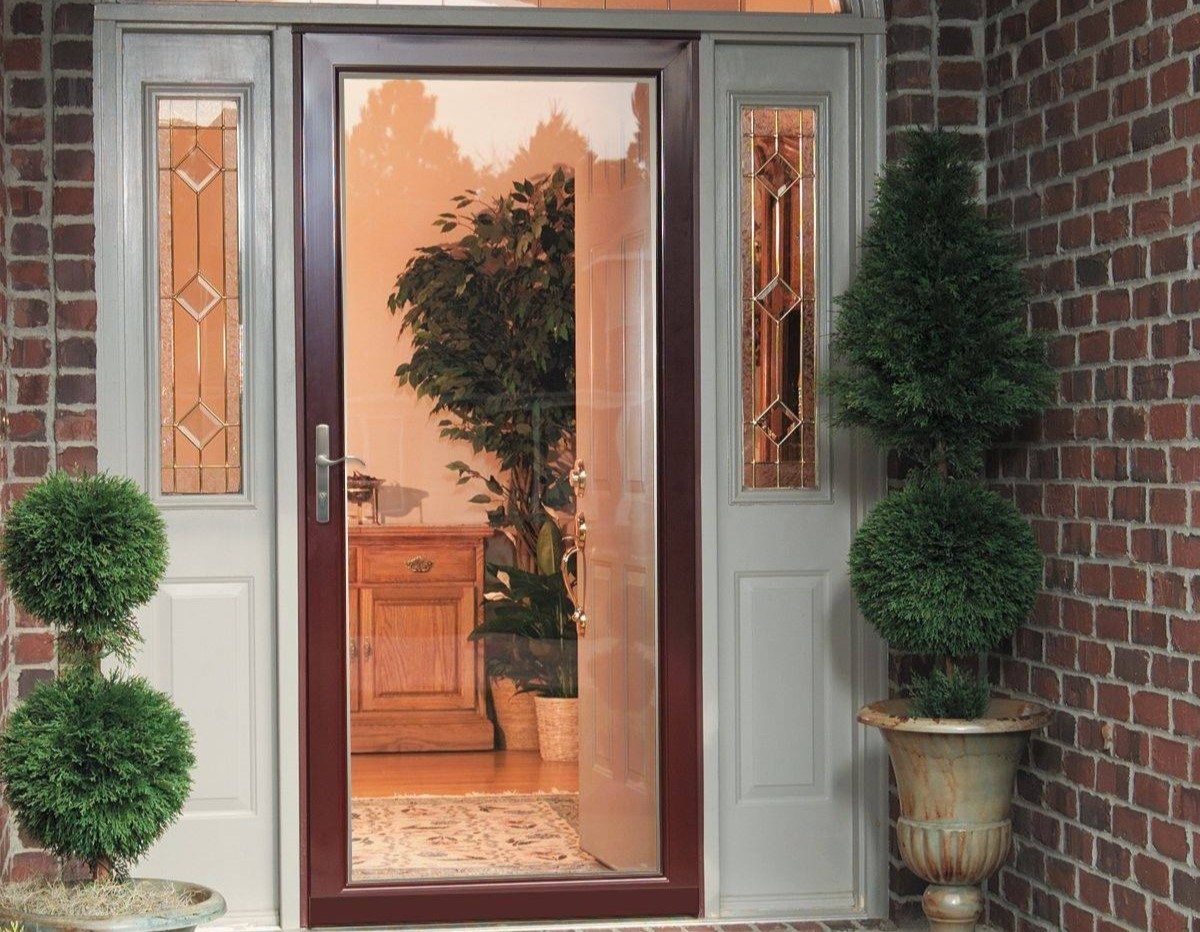
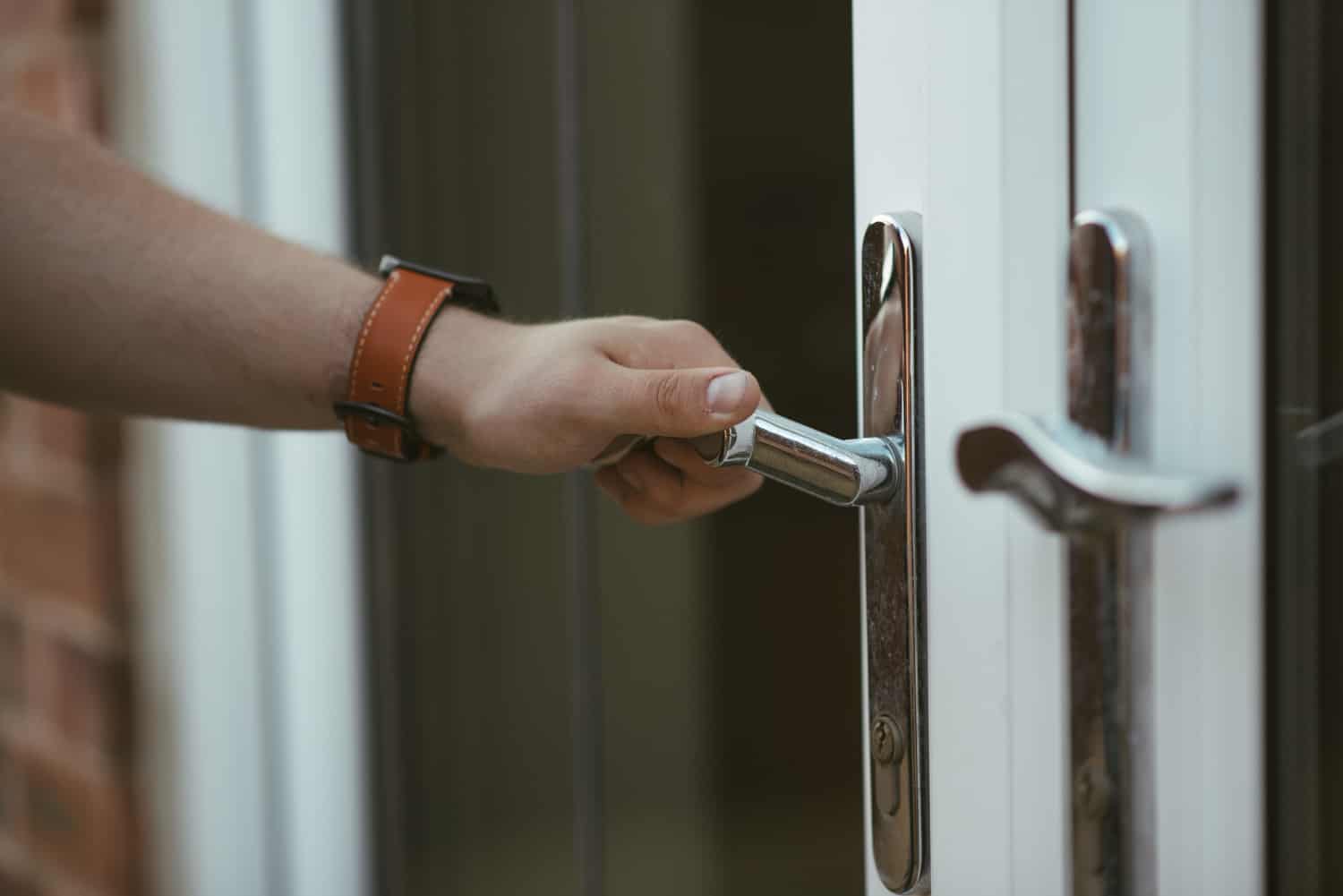
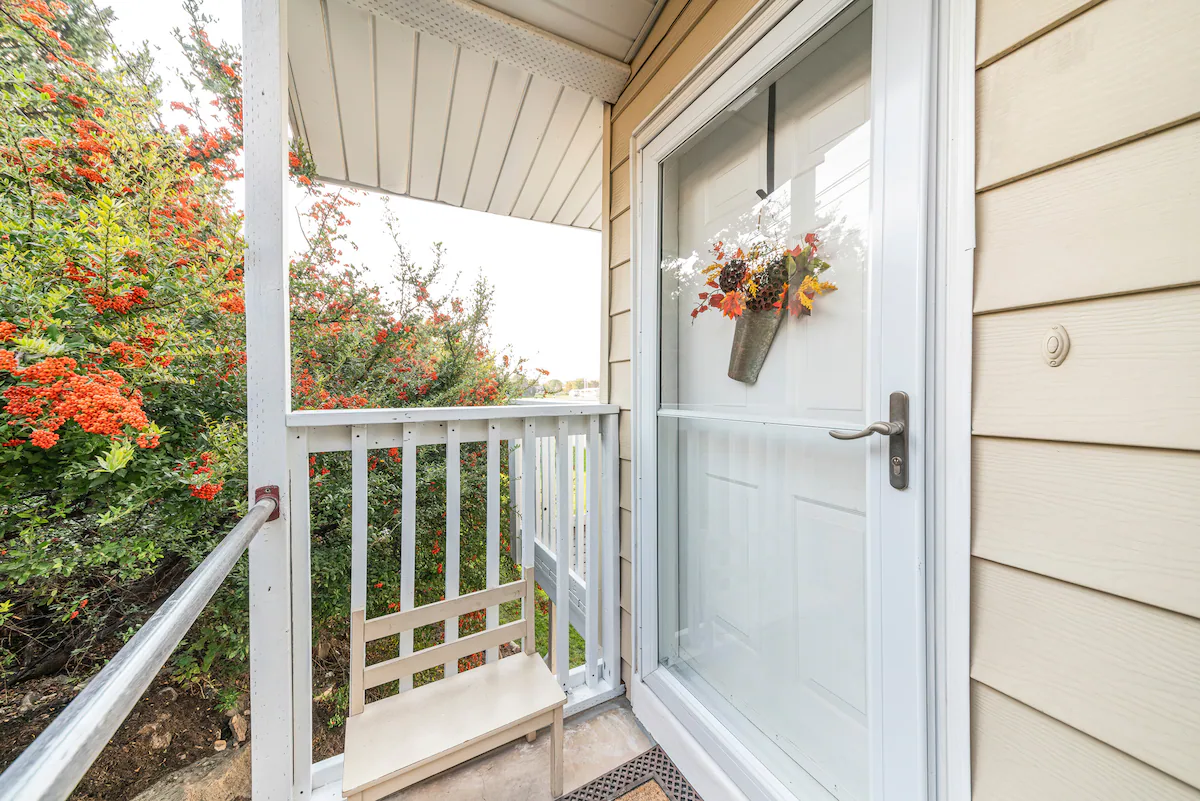
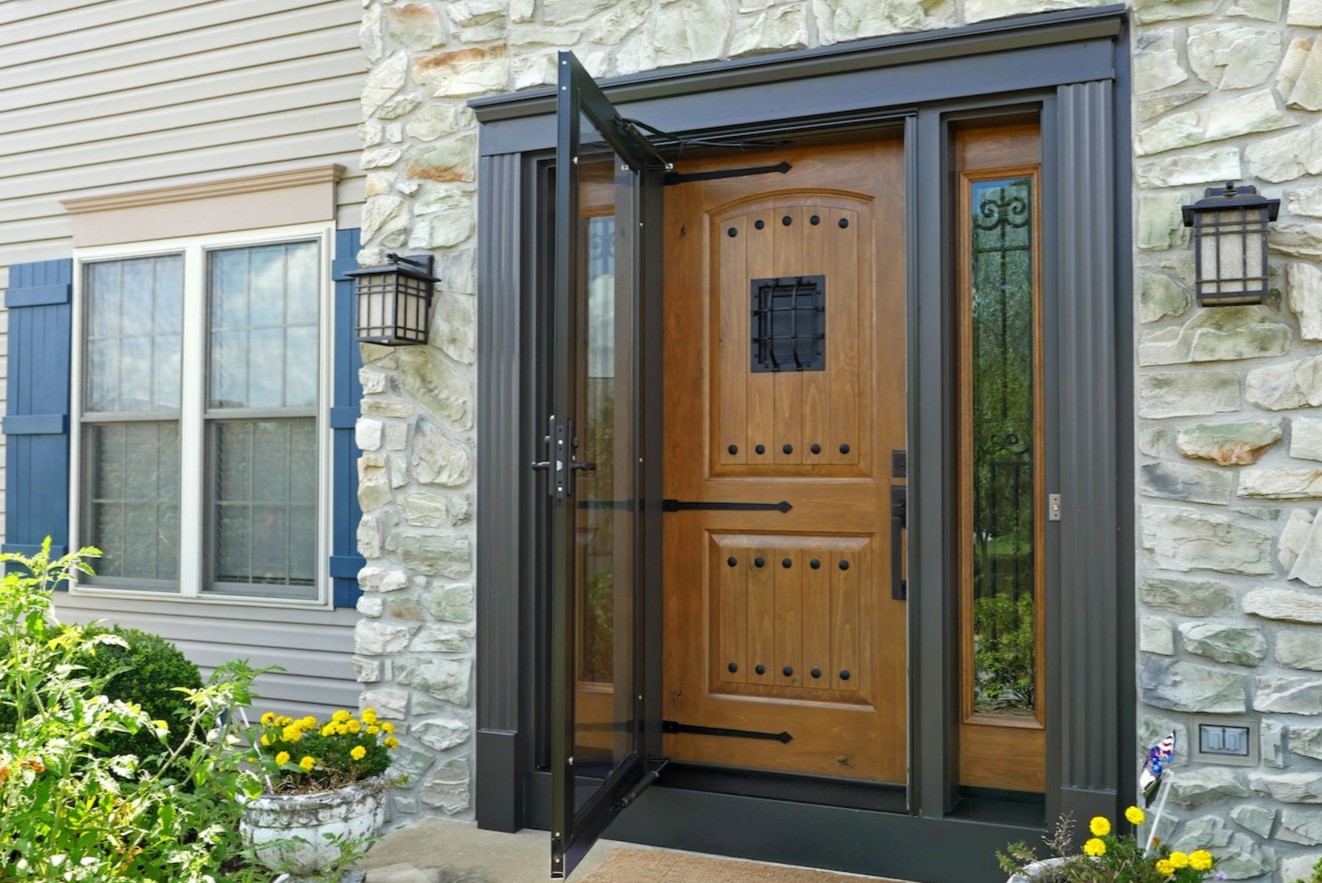
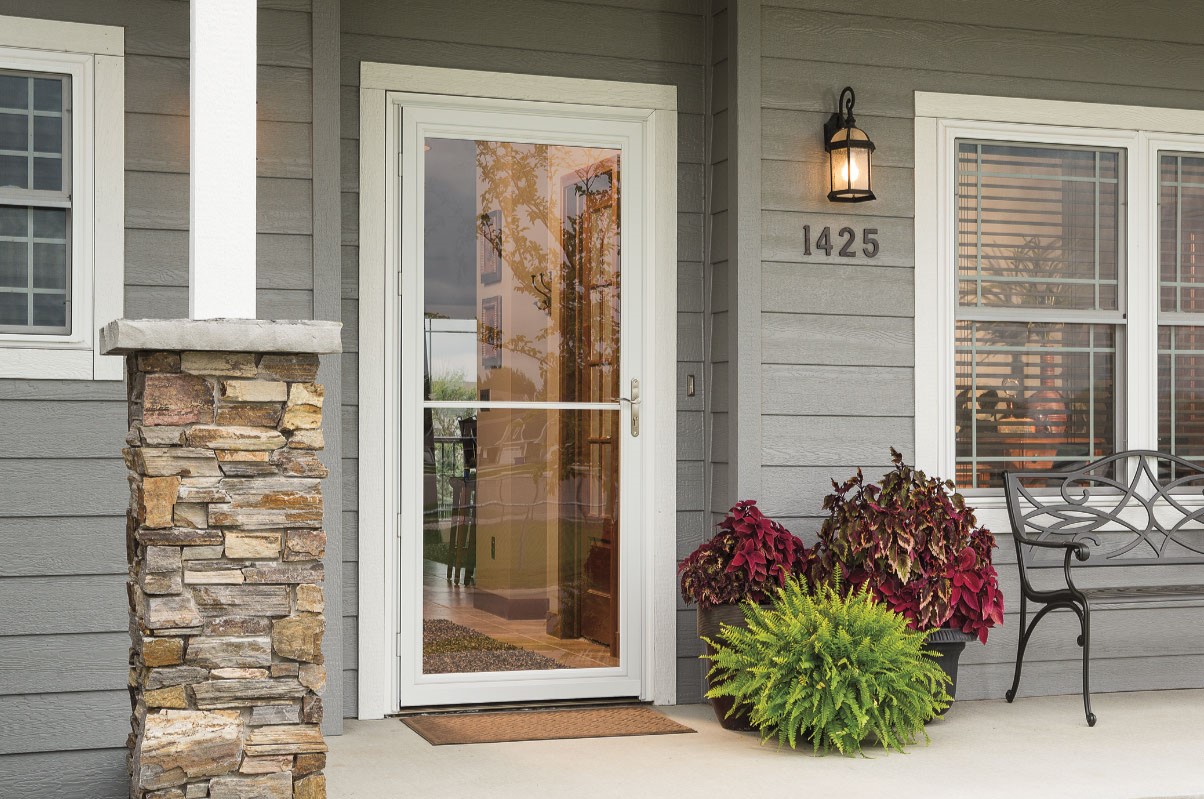
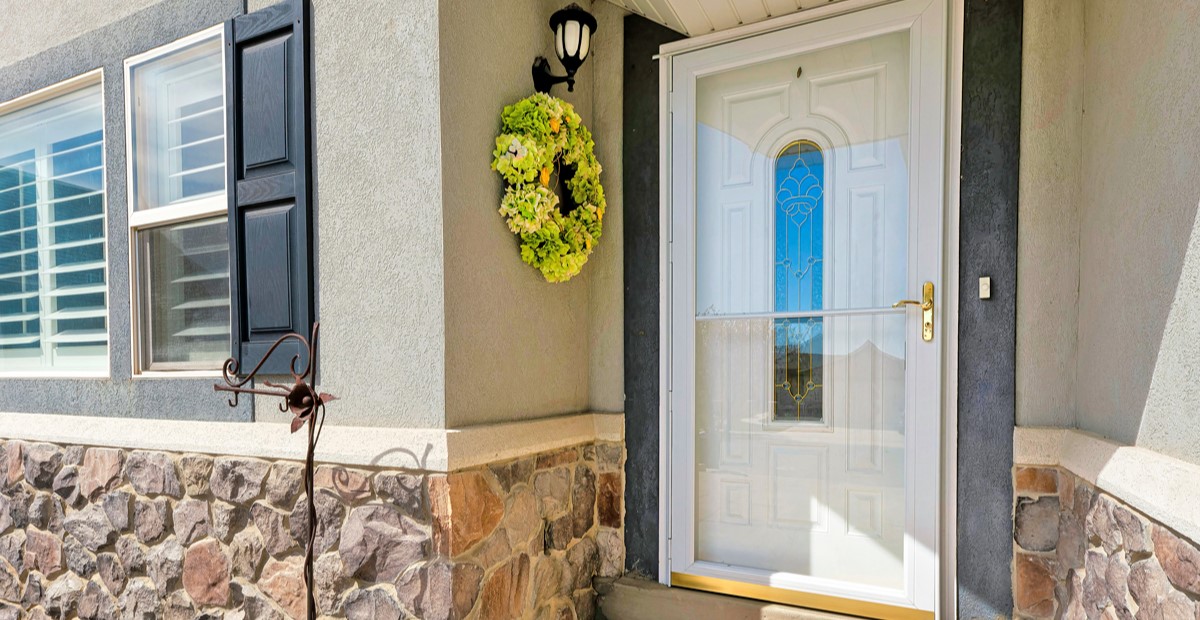
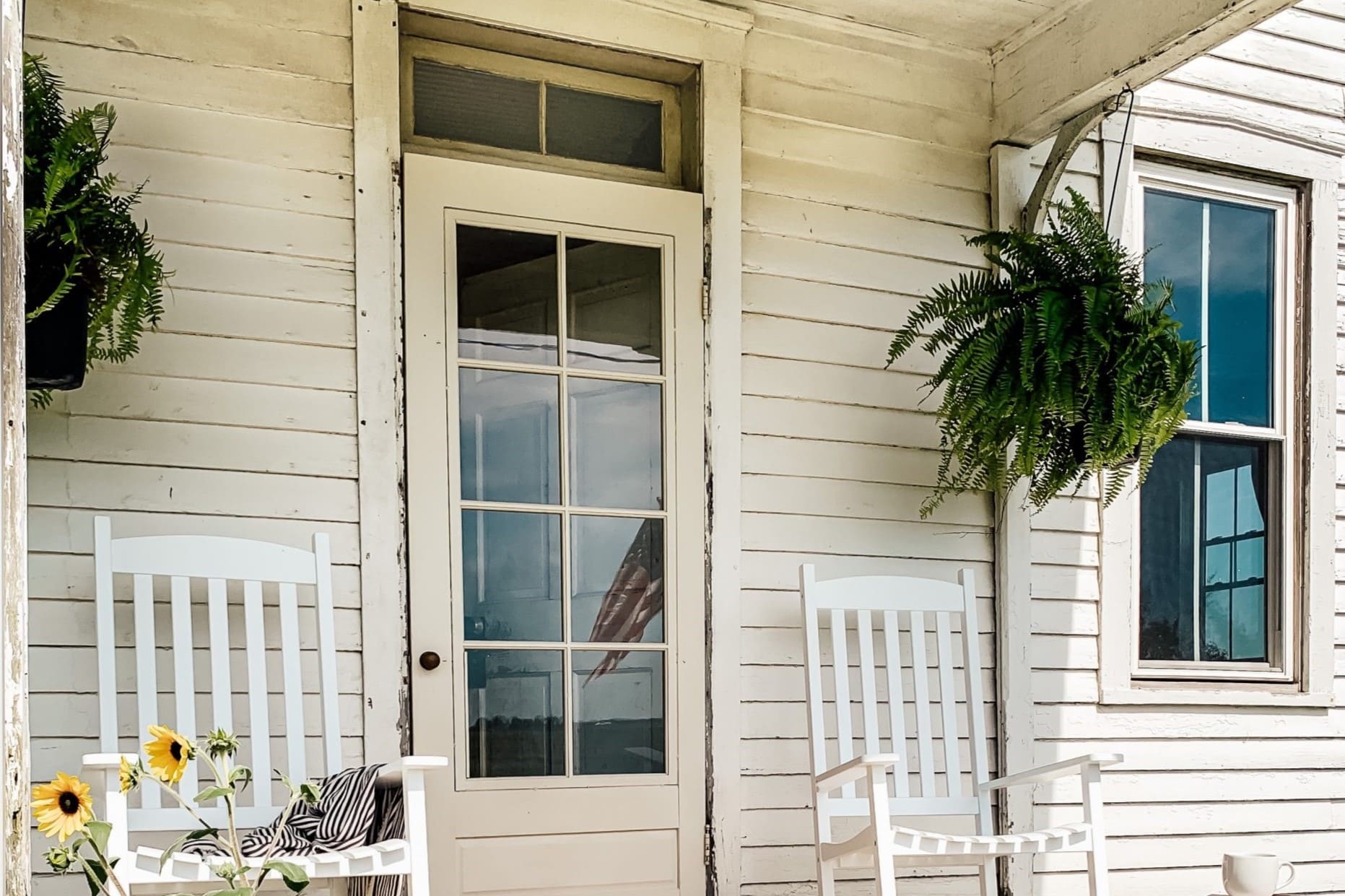
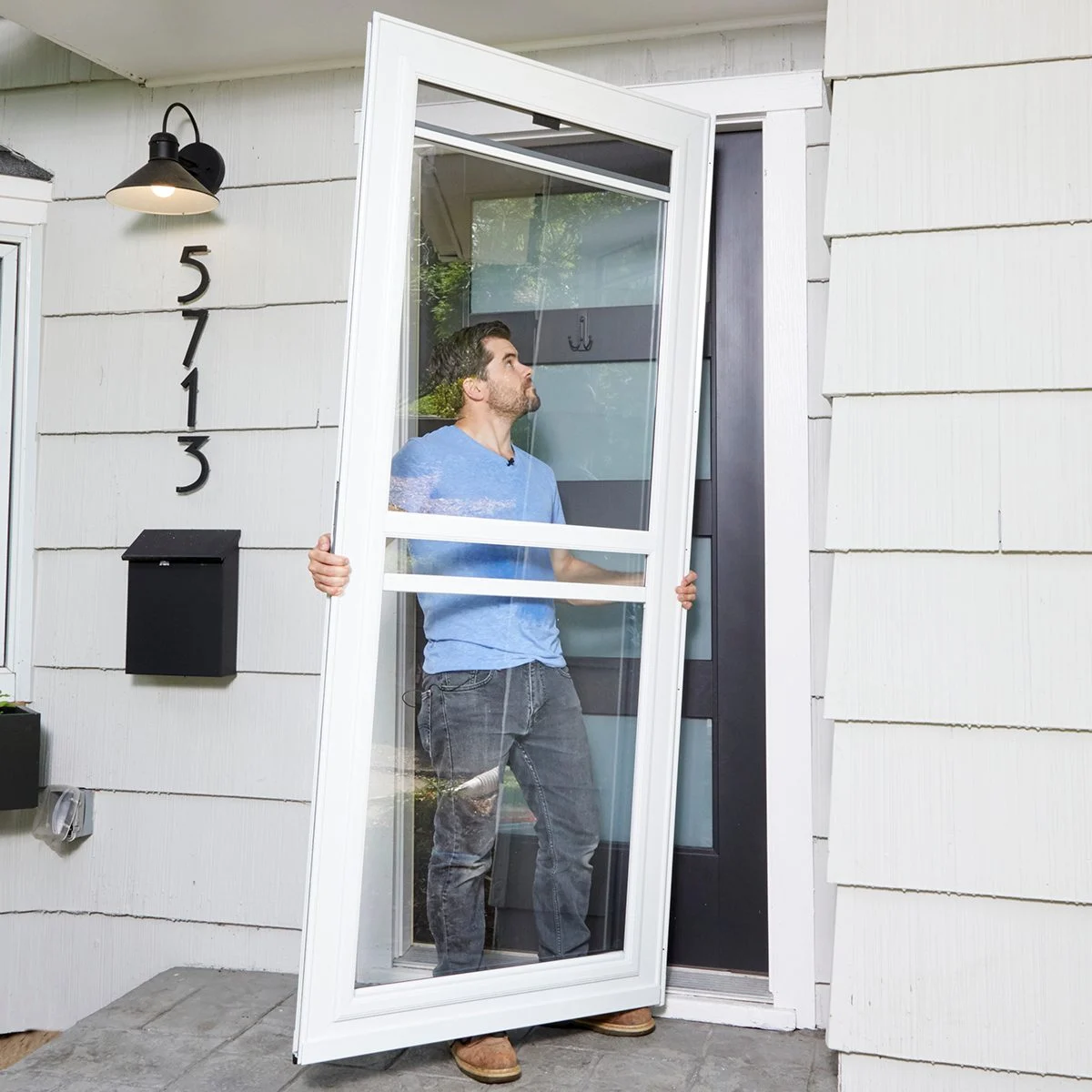
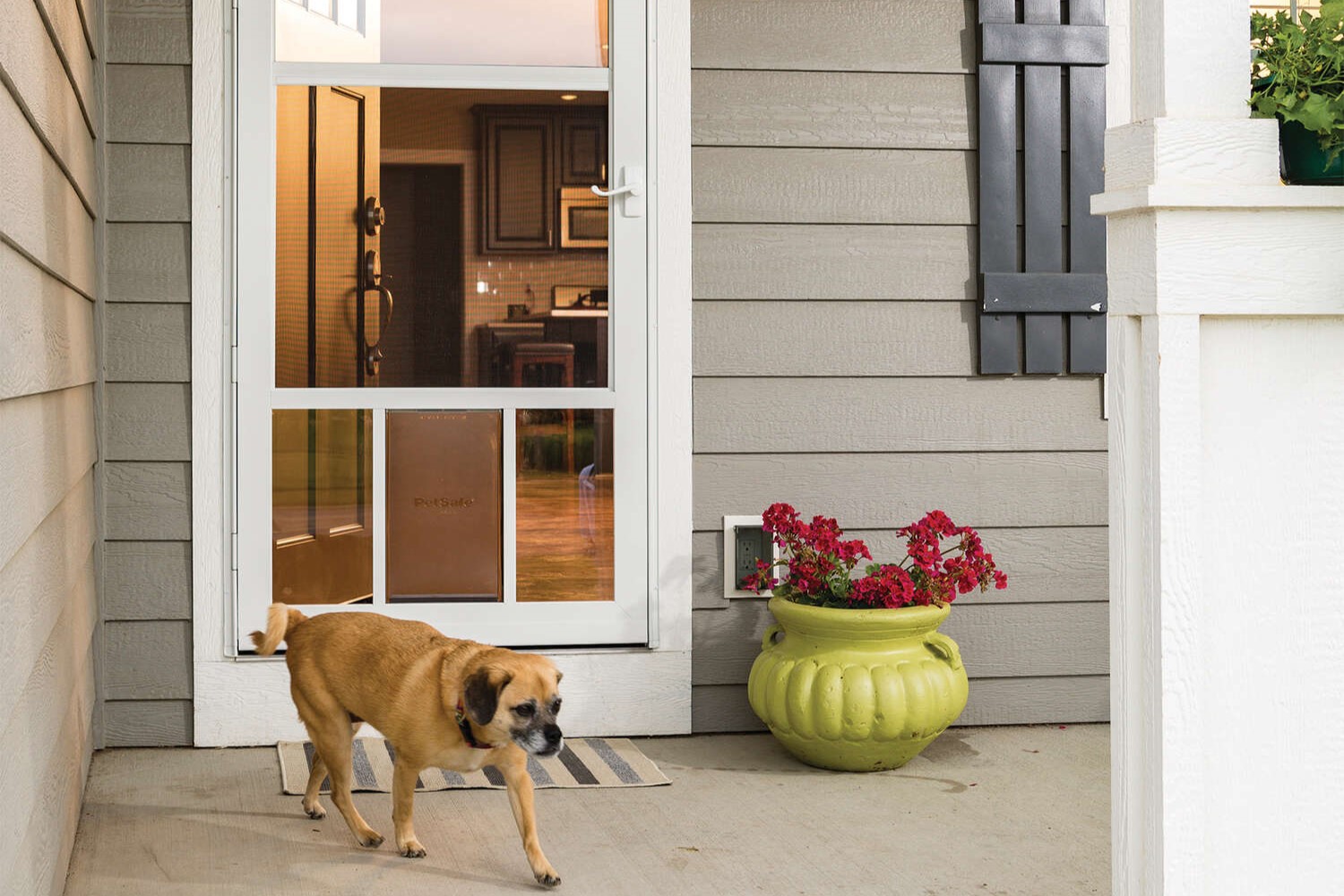
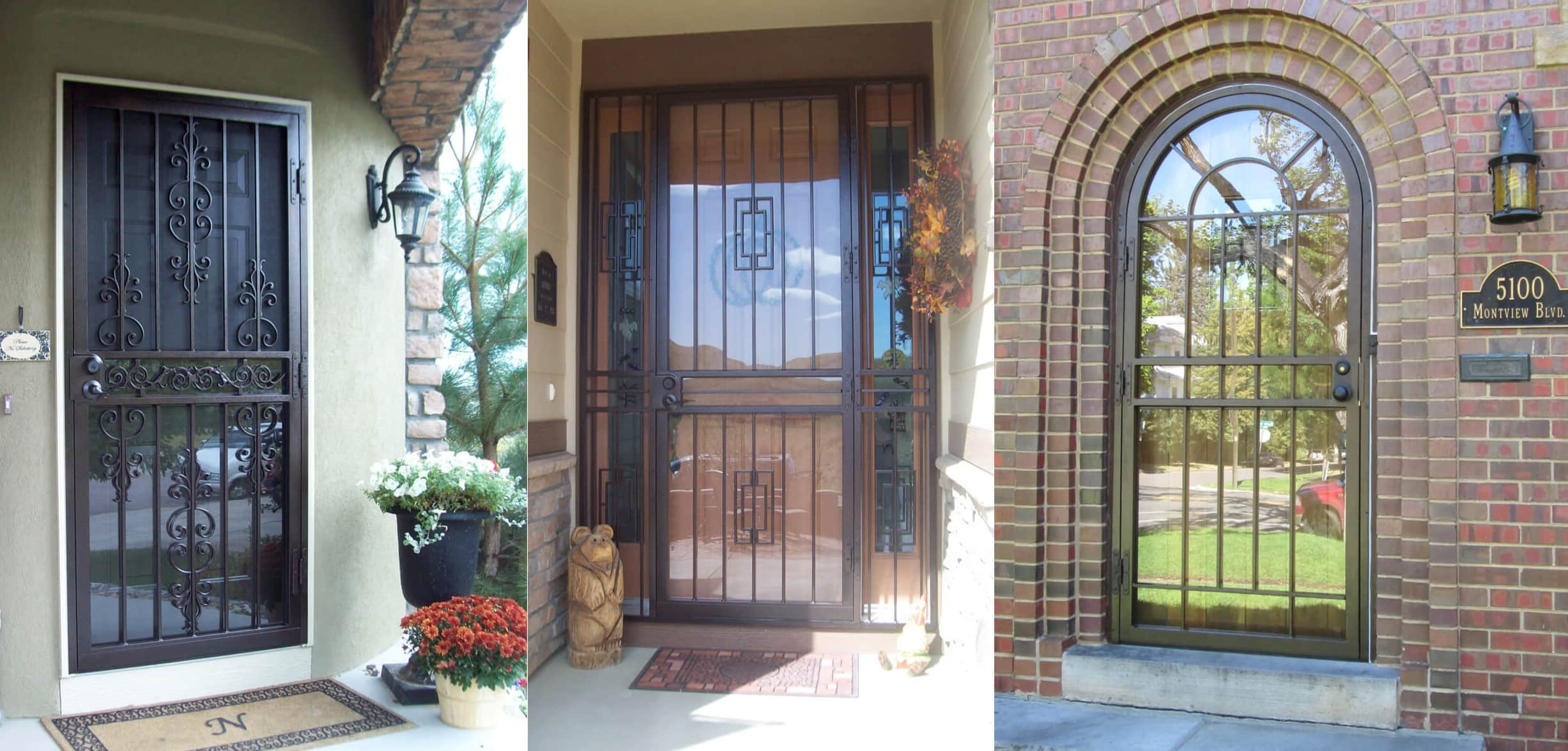
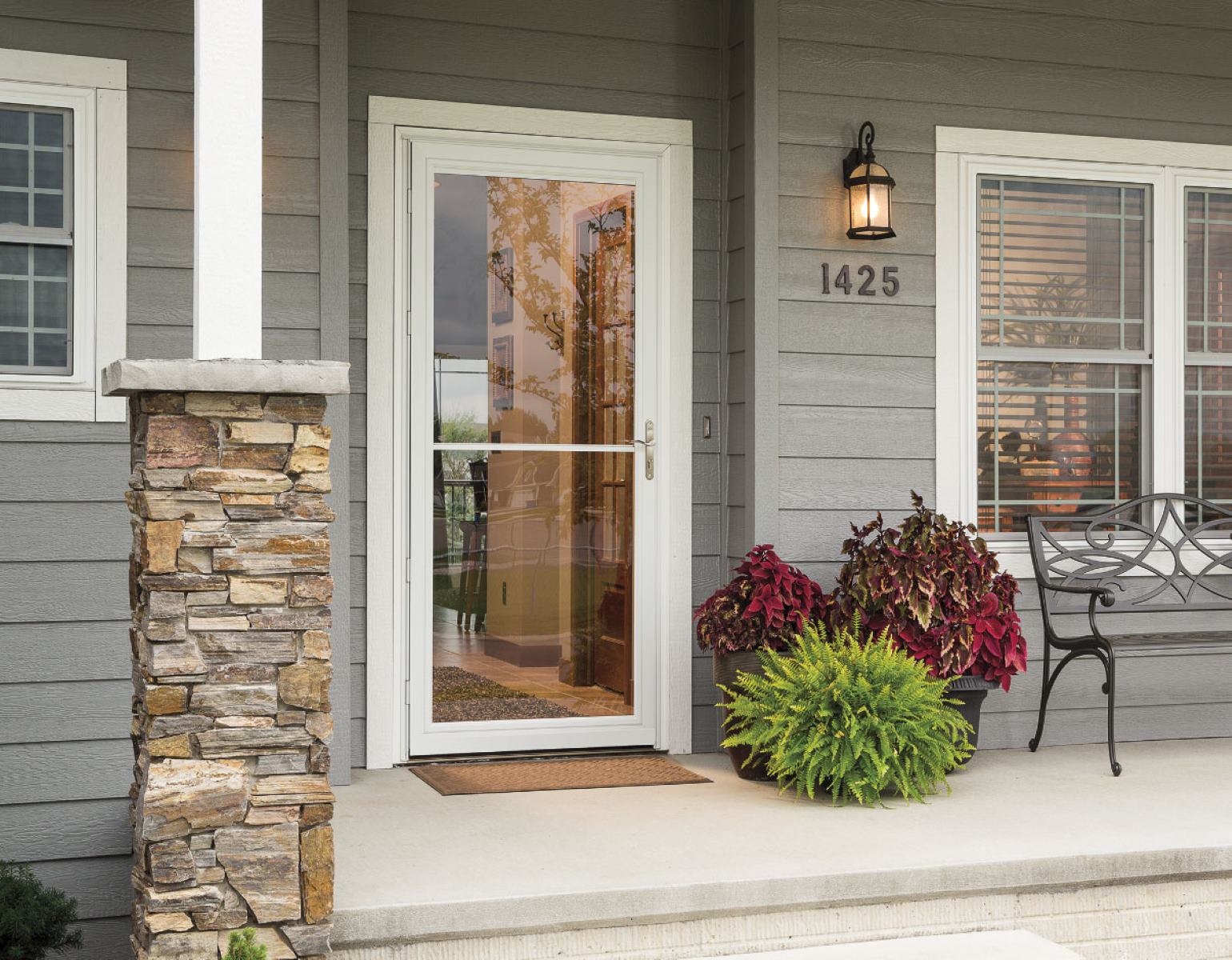
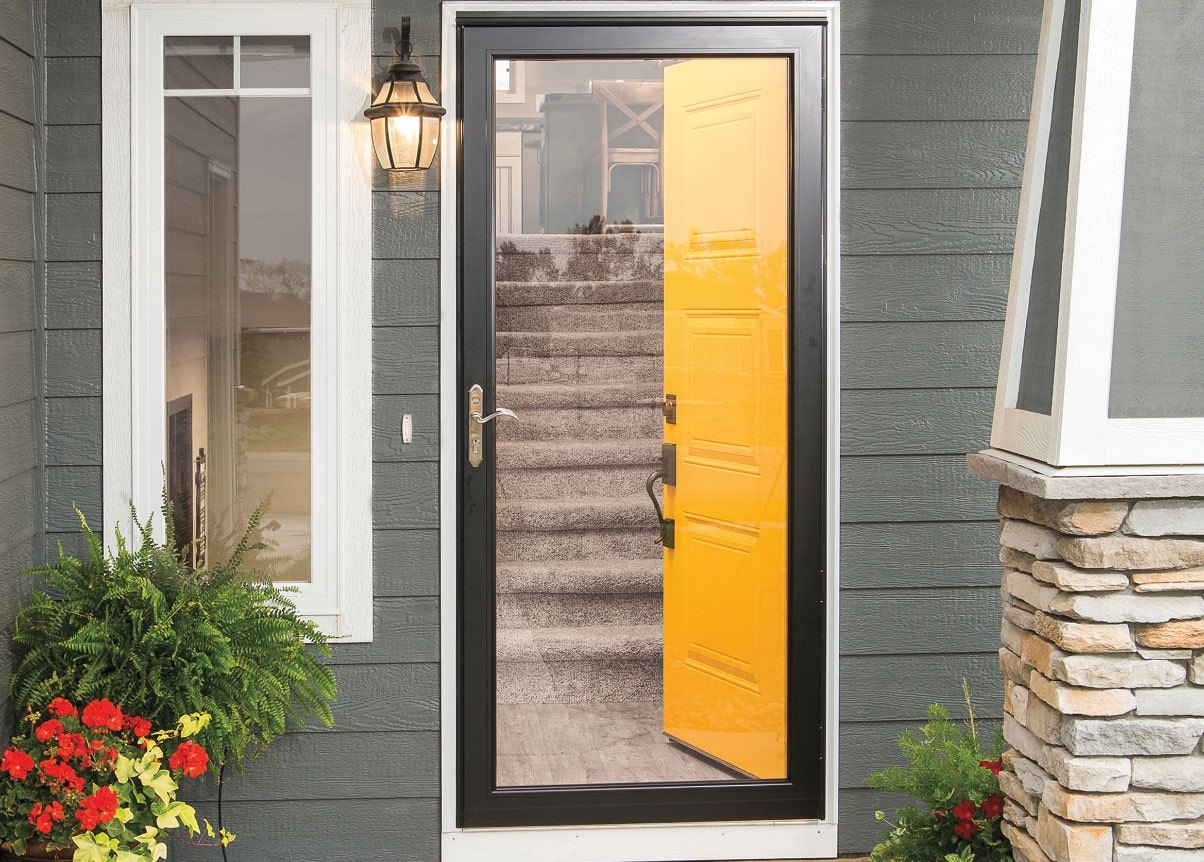
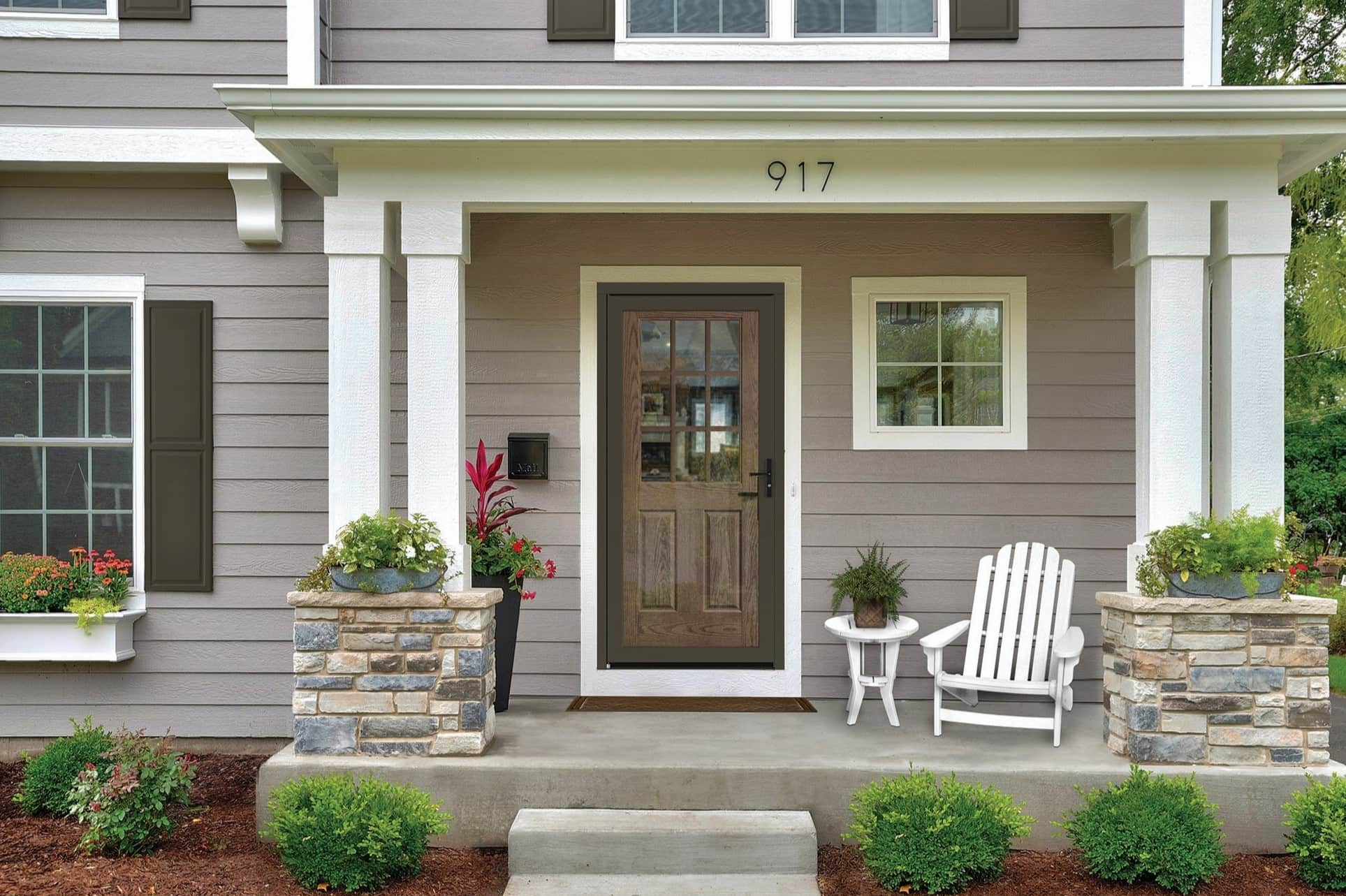

0 thoughts on “How To Choose A Storm Door”